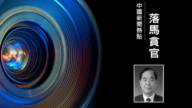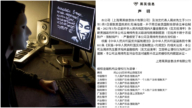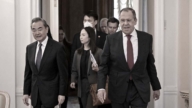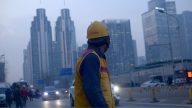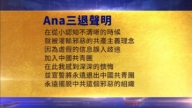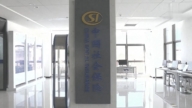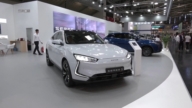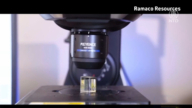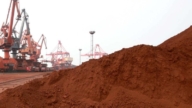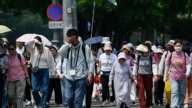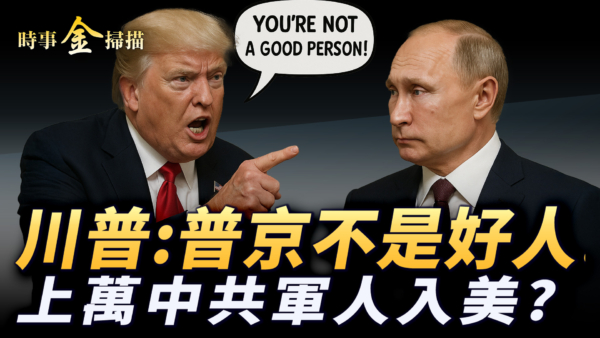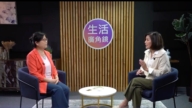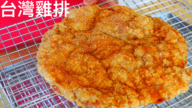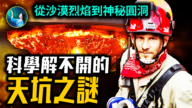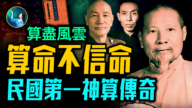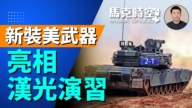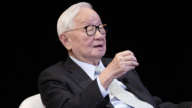【新唐人2014年11月14日讯】在北京召开的APEC峰会已经落幕,给人们印象最为深刻的,不是那奢华无比的会议区,也不是迎接各国首脑的庞大阵容,而是北京天空那难得一见的蓝天。对此,民间戏言道:APEC蓝。虽然它的出现是短暂的,但中国为此付出的代价,和将要承受的负面影响,却是难以想像的巨大。
随着亚太经济合作组织(APEC)峰会的结束,中共在会议期间不惜代价打造的蓝天——APEC蓝,也随之“闻名世界”,不仅在网路热传,更是被国际媒体广泛引用。坊间关于APEC蓝的调侃和解释也五花八门,比如“有一种交通,叫做APEC限行,有一种假期,叫做APEC假,有一种蓝叫APEC蓝。”“世界从此多了一种蓝,叫APEC蓝,意为短暂易逝、不真实的美好”等等。
为了这短暂的APEC蓝,中共不但投入了大量的公共资源,还采取了一系列强制措施,如北京以及附近五个省份企业停产、建筑项目停工、汽车限行、公务员、国企员工以及学生放长假、甚至殡仪馆也出台了限制焚烧的规定。
美国《华尔街日报》引用经济学家观点指出,企业停产的措施已经给成长趋缓的中国大陆经济,带来了重大负面影响,包括工厂的产出、投资以及贸易增速。
报导援引瑞士信贷(Credit Suisse)估计的数据显示,工厂停产等措施影响到了中国钢产量的四分之一、水泥产量的13%、工业产出的3%,进而可能对中国11月份工业增加值增速产生0.2-0.4个百分点的拖累。这会使得总体工业增加值同比增速,从9月份的8%降到7%-7.4%左右。
美国南卡罗来纳大学艾肯商学院教授谢田:“北京政府为了这次会议,竟然强令北京周围的五个省份、六个省市自治区的话,相当中国省份城市的五分之一,停产了将近一个星期。如果按一年50个星期的话,也有2%。2%乘上五分之一,大概也相对于0.4%左右的产值蒸发掉了,这个角度看,可能确实会对中国的GDP产生一些影响。”
《华尔街日报》认为,在五个因APEC会议而实施限制的省份中,依赖重工业的河北省是受影响最严重的。报导引用全球规模最大的银行及金融机构之一的巴克莱公司的观点指出,河北省下令从11月1号到11号关闭高炉作业,影响到了河北唐山市约五个区至少35家钢铁厂企业。
此外,国际铁矿石市场的价格也因此受到了影响,从10月底的每吨78.5美元降到了75美元。
还有经济学家预测,尽管一些工厂可能会在APEC会议后让工人加班加点,以达到增加产量的目的,但仍然会有相当大的损失。其中包括会造成中国固定资产投资和贸易增长减慢、贸易顺差扩大等等。
美国南卡罗来纳大学艾肯商学院教授谢田认为,一旦中国经济面临的不利因素加大,当局很可能会进一步放松货币政策。
谢田:“一个是因为这次停产限制措施使经济下滑0.4个百分点的话,他们可能会出台一些措施。我想可能还有另外一个更重要的措施,就是现在日元的贬值,也会对中国有些影响。中日之间可能会因为货币战中国也想办法进一步下调人民币汇率,如果这样做的话有可能会通过降息或者调整准备金率,或者生套货币或其他方式来实现。”
谢田指出,一旦当局放松货币政策,只能使通货膨胀进一步加大,人民币进一步贬值,老百姓购买能力降低,甚至房地产泡沫会因为印钞过多而加大,房价继续上涨⋯⋯如此看来,中国经济为APEC蓝付出的代价可以说是相当巨大,而为此买单的,最终还是老百姓。
采访/朱智善 编辑/张天宇
“APEC Blue” Has a Huge Effect on China’s Economy.
The most impact APEC has on people is not the unparalleled
luxury conference district or large-scale reception for the
world leaders, but the sight of rare blue skies over Beijing.
So people invented the phrase “APEC Blue” as a joke.
Although APEC Blue appeared in a short period of time in
Beijing, the price that Chinese people paid and the huge
negative impact China will receive from it is unimaginable.
Following the end of the APEC summit, the APEC Blue color
created by the Chinese Communist Party (CCP) was famous.
The words are not only circulated on the Internet, but
also widely used by foreign media.
There are many ridiculing explanations regarding APEC Blue;
I.e. transportation: APEC Vehicle Limitation (vehicles banned
from entering Beijing).
Holiday: APEC holiday (factories shut to reduce air pollution).
Color: APEC Blue color (blue sky not hidden by air pollution).
Since then vocabulary includes one new blue color word,
APEC Blue, It means faded quickly, not genuinely pretty, etc.
The CCP used huge amount of public resources, and also
implemented enforcement measures to achieve the APEC Blue.
Factories and construction projects of five provinces around
Beijing were temporarily closed.
Few vehicles were allowed on roads, workers and students
took holidays, crematoria were forbidden to incinerate.
The Wall Street Journal (WSJ) cited economists that “such
moves have threatened to undercut China’s factory output,
investment and trade growth at a time when the economy is
struggling to regain momentum.”
WSJ report said “according to one estimate by Credit Suisse,
such measures have affected an estimated one-quarter of
China’s steel, 13% of its cement and 3% of its industrial
output…
It could shave 0.2 to 0.4 percentage points off China’s
November industrial production figure.
It would bring headline industrial production growth down
to the low 7% range, year on year, from 8% in September.”
Frank Xie, Professor of University of South Carolina Aiken,
“Beijing ordered five or six neighbouring provinces to carry
out the measures, one-fifth of China provincial factories
shut down for a week.
Taking 50 weeks in a year as an example, it is about 2%.
2% multiplied by one-fifth, means the equivalent of 0.4%
industrial output are evaporated.
So it may indeed generate some impact on China’s GDP.”
WSJ said that out of the five provinces, Hebei, which relies
on heavy industry has been the most affected.
WSJ cited Barclays, one of the biggest banks that, “The
directive in Hebei was issued to close furnace operations
from Nov. 1-11, affecting at least 35 steel mills in some
five jurisdictions of Hebei’s Tangshan city.”
During the APEC period, international steel, iron ore price
was also affected.
It fell from $78.5 a ton in late October to $75.
Some economists observe that although factories may ask
workers to do extra hours after APEC to improve output,
the considerable losses have already been caused.
It includes fixed assets investment and trading growth
slow down, and the trade surplus expanded more.
Frank Xie says that once China’s economic negative factors
increase, the regime likely will ease monetary policy further.
Frank Xie, “Because if the economy declined 0.4 percentage
points, they may introduce some measures.
I think another more important measure is the depreciation
of the Japanese Yen which may also affect China.
China and Japan may cause a monetary war, China may
further cut the RMB rate.
If so, it could reduce the interest rates or adjust the
reserve ratio, or use another way to achieve.”
Frank Xie says that once the regime eases monetary policy,
it will cause further inflation and RMB further depreciation.
Peoples’ purchasing ability will reduce, housing bubbles
will worsen because of excessive bank notes printed.
House prices will continue to rise.
In this case, China economy has paid very huge price
for APEC Blue, but civilians foot the bill in the end.
Interview/Zhu Zhishan Edit/Zhang Tianyu


